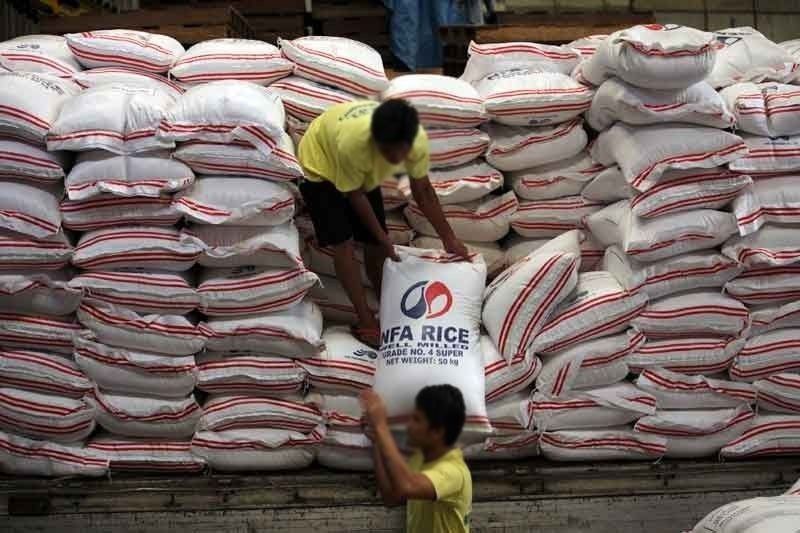NFA rice inventory stands at only 7 million bags

MANILA, Philippines — The current rice inventory of the National Food Authority (NFA) stands at only seven million bags due to huge demand from local governments units and relief agencies amid the coronavirus lockdown.
Despite the thin inventory, NFA administrator Judy Dansal said there is no reason to worry even as the lean season has already started.
“Our current buffer stock, which if NFA will feed the 109 million Filipinos daily will only last for seven days. But, that is not the situation,” Dansal told The STAR.
“We only share a maximum of five percent market participation and this time, only two percent of the 33,000 metric tons daily consumption requirement,” she said.
The private sector holds the bulk of the country’s inventory, especially since the Philippines opened its door to more imports last year.
Even Agriculture Secretary William Dar emphasized that there is enough rice inventory this month and thereafter.
“No cause for alarm. We have enough rice supply in the country today,” Dar said in a separate exchange.
Dansal explained that the low inventory of NFA was caused by the unusual behavior of local government units, relief agencies, and even legislators when the government imposed the community quarantine on March 16.
NFA has so far sold more than five million bags since the quarantine began.
“Another reason is the declaration of stoppage of export by Thailand and Vietnam, and the high price of imported rice from exporting countries which resulted in a decline of importation by the private sector,” Dansal said.
“As a consequence, private traders bought unhusked rice or palay from the domestic produce at a price higher than the government’s palay support price of P19 per kilogram,” she said.
Under the Rice Tariffication Law, NFA was stripped of its import powers and was limited to buffer stocking through local procurement.
“We are not in a bad situation. We continue to procure stocks now, it is not in big volumes yet because the main harvest will start by September or three weeks from now,” Dansal said.
Further, NFA sales to LGUs and other government relief agencies have been reduced from 10 percent to two percent.
“Our stocks are now being pre-positioned to our warehouses in the different parts of the country and are sufficient to address any forthcoming emergency or calamity,” Dansal said.
Despite the assurance from the government, some groups said this is still alarming as the next big harvest is still in October.
The Nagkakaisang Grupo Laban sa RTL said that it pays to be prepared, especially with the pandemic still hovering in the picture.
“Since we are not out of the woods yet in this COVID-19, plus the threat of disasters is highest during this semester, our past experiences should have already given us enough lessons more or less on the definition of what a ‘sufficient buffer-stocks’ should be during rainy days,” the group said.
- Latest
- Trending






























